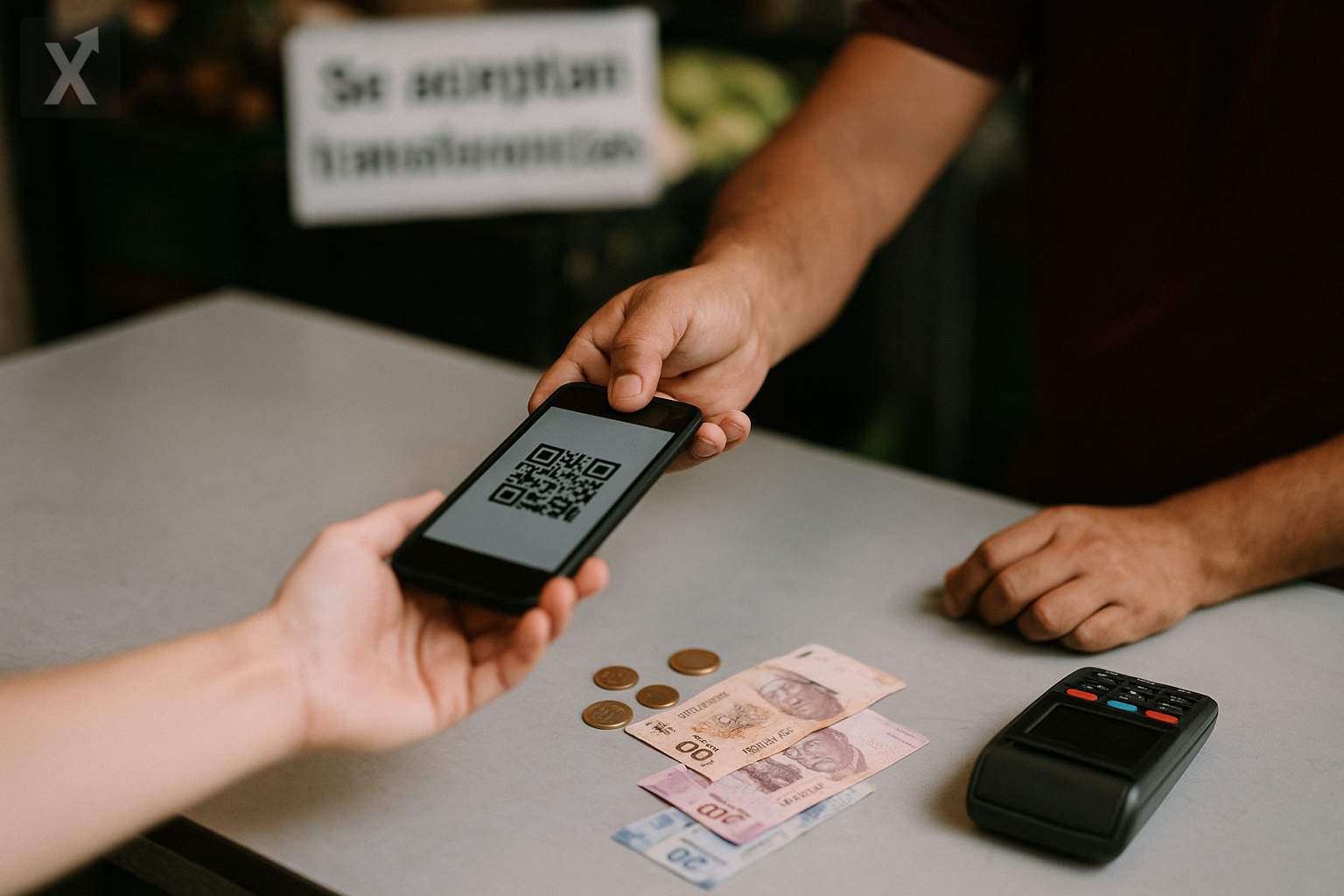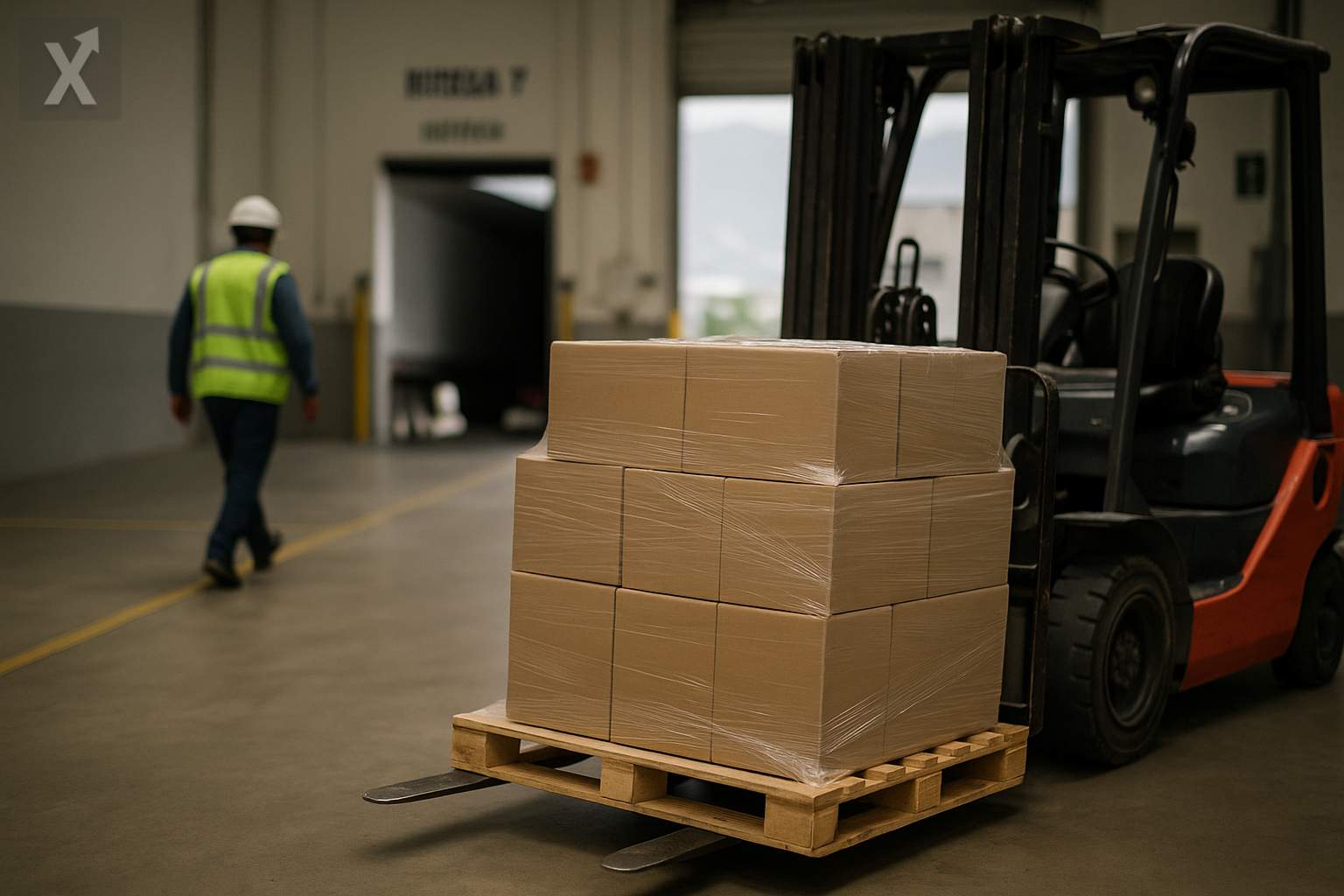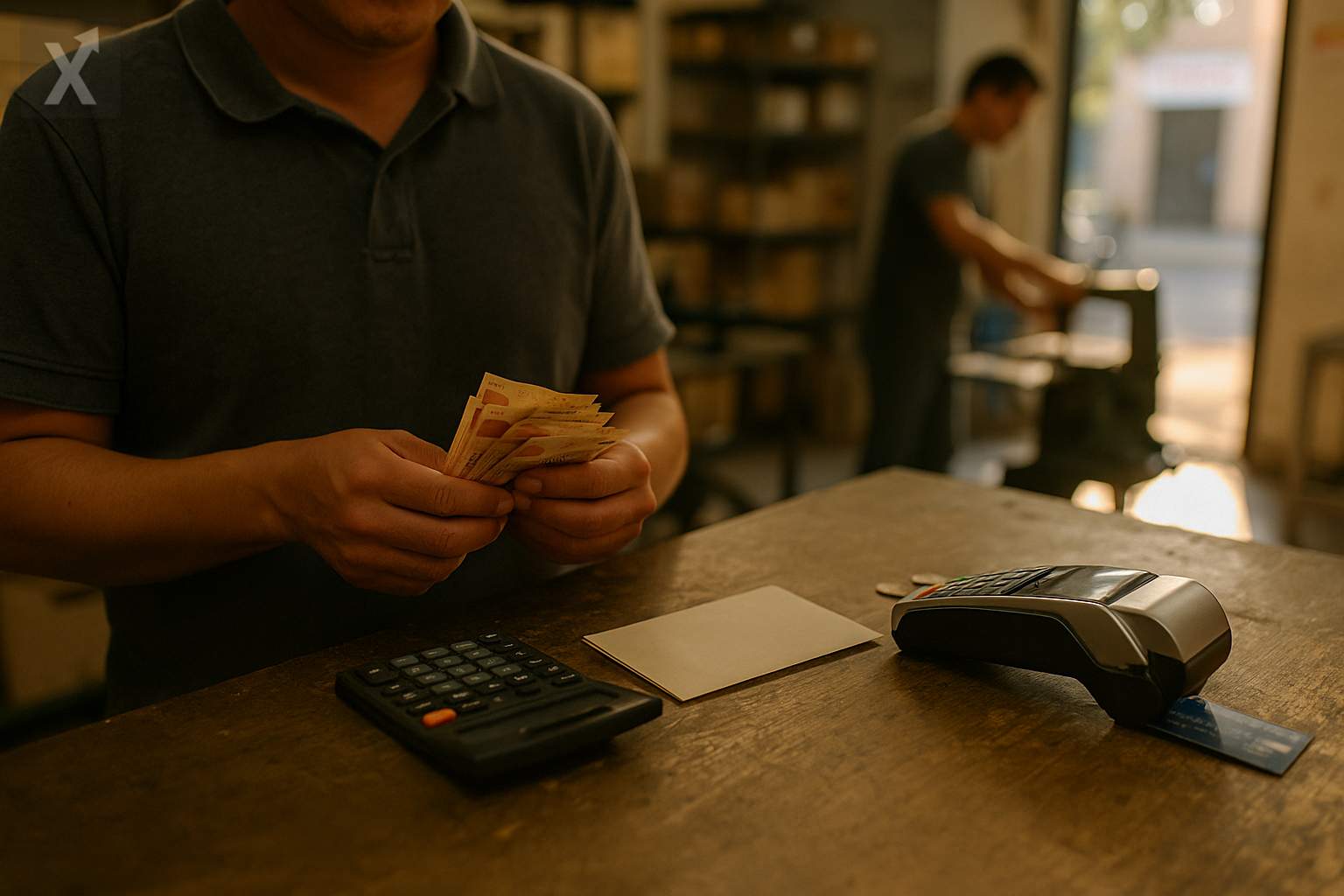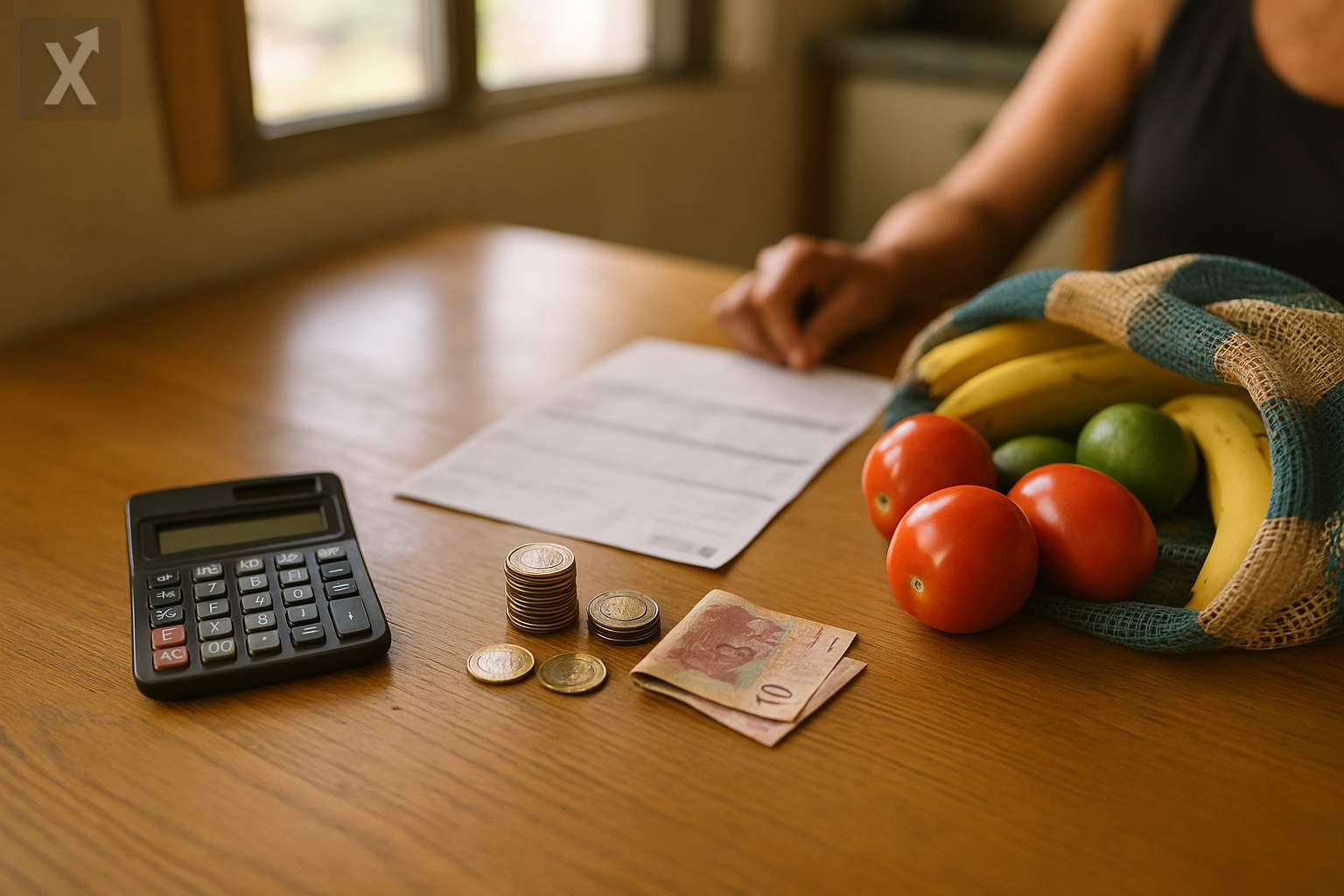IEPS Increase on Tobacco Revives Debate on Smuggling, Tax Collection, and Public Health
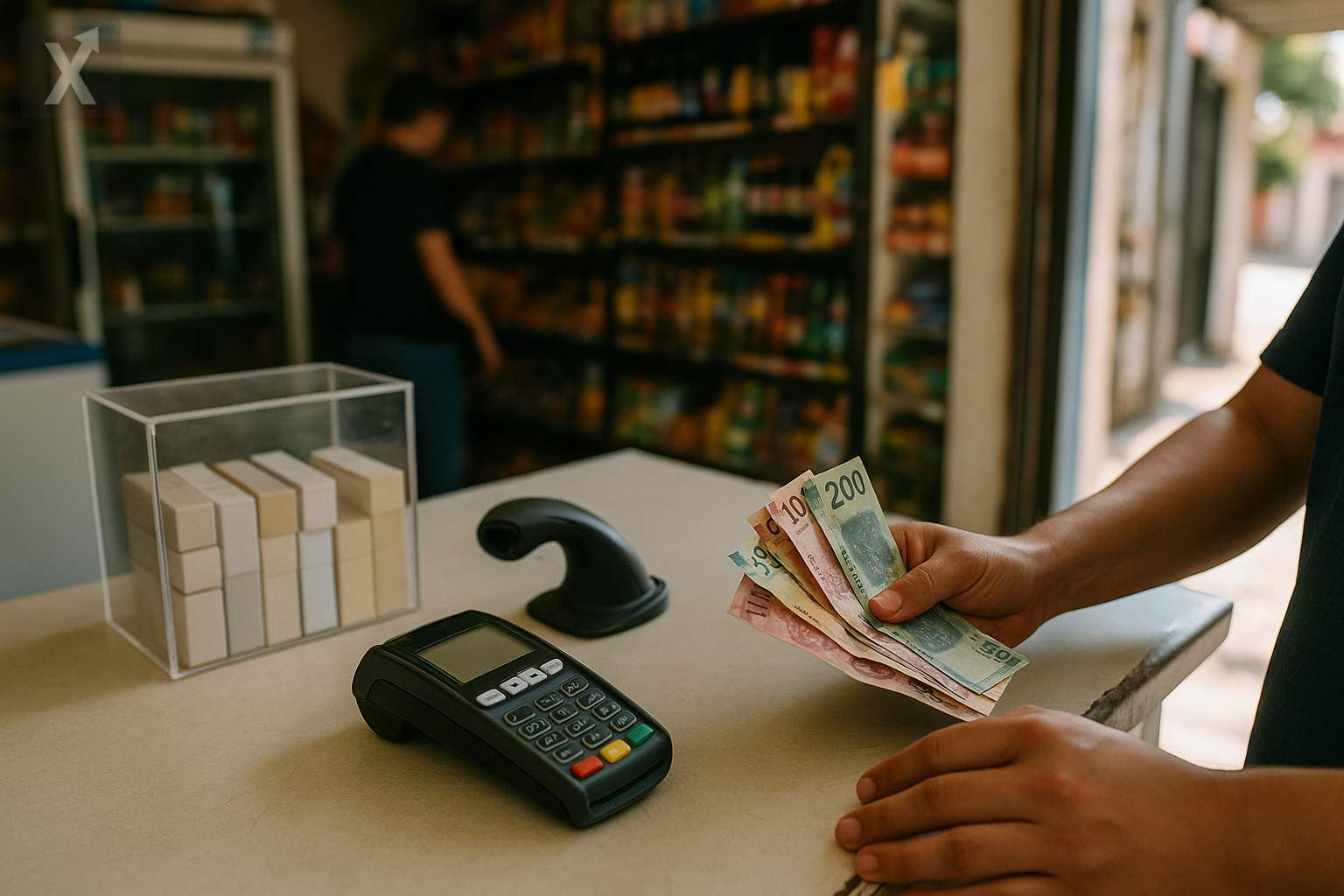
The federal government's proposal to raise the Special Tax on Production and Services (IEPS) on tobacco has reignited a debate that goes beyond public health, reaching into tax collection, the small retail labor market, and strategies against informality. The plan would raise the ad valorem rate from 160% to 200% and gradually increase the specific per-cigarette quota from 0.61 pesos to 0.85 pesos in 2026 and 1.15 pesos in 2030. The project, which aims to discourage consumption and strengthen funding for the treatment of tobacco-related illnesses, is currently being discussed in the Chamber of Deputies and will later move to the Senate, with a planned effective date of January 1, 2026, subject to changes throughout the legislative process.
The adjustment would have direct effects on consumer prices and the structure of the market. Small business organizations estimate that the price of a formal pack could approach 100 pesos, while on the street market, illegal packs are sold for 20 to 25 pesos. Available literature shows that, after significant price hikes, the illicit market expands: following the 2011 increase, manufacturing industry group Concamin reported that the share of illegal products rose from 2% in 2010 to 16.6% in 2013. More recent studies and sector testimonies suggest a wide range—anywhere from about 20% up to “nearly half” of the market—with both local clandestine production and smuggling from abroad. These price gaps affect 1.2 million small shops, mini-markets, and convenience stores that rely on high-turnover sales to attract customers.
On the fiscal front, the IEPS on tobacco has shown a downward trend in contributions. According to data from the finance ministry, since 2019 annual collection has fallen in real terms; as of the end of 2024, it dropped 6.9% compared to 2023, accounting for 0.8% of budget revenues—below the 1.4% peak seen in 2012. Concamin estimates tax losses of between 13 and 15 billion pesos due to evasion linked to illicit trade. In a context where Mexico maintains a relatively low tax revenue to GDP ratio by international standards, adjustments to “health taxes” are seen as a way to raise additional revenue, although with risks of price elasticity and substitution into informal markets if oversight is not strengthened.
In terms of social costs, civil society organizations emphasize that smoking results in economic burdens far higher than the amount collected. Fundar estimates that in 2024, total costs associated with tobacco consumption reached 194.7 billion pesos (0.57% of GDP), compared to 46.9 billion collected through IEPS (0.14% of GDP). International evidence—including that of the WHO—shows that taxes are the most effective way to cut consumption, especially among youth; however, their effectiveness depends on closing loopholes for illegal trade. At the same time, research centers have warned that illicit cigarettes may contain unregulated substances, and their availability as loose cigarettes in street markets makes it easier for minors to access them, amplifying health risks.
For neighborhood stores, cigarettes typically serve as an “anchor” product that drives customer traffic and additional sales. A rapid increase in prices could shift purchases to street vendors, putting pressure on margins and jobs in a sector that sustains the incomes of millions of families and operates in an environment where labor informality covers about half the employed population. Regarding consumer price inflation, tobacco accounts for a very small share of the National Consumer Price Index, so the overall inflationary impact would be limited; nevertheless, the micro-level effect on consumption habits and sales channels could be significant.
The design of tax policy will be crucial. Experts suggest strengthening customs and internal verification, implementing effective traceability and tax-stamping systems, harmonizing sanctions and controls on retail sales (including banning single cigarette sales), and cracking down on networks of clandestine production. They also recommend calibrating the mix between the specific and ad valorem quotas to reduce price dispersion and ensure that low-cost brands do not fall below a minimum threshold. The debate over whether or not to earmark revenue for health faces legal and operational budget constraints, but transparency around the destination of IEPS funds would add credibility.
Looking ahead, the market could readjust with lower formal demand if the price gap widens and smuggling is not effectively controlled, or with a sustained drop in consumption if stronger enforcement and prevention accompany the tax hike. Key issues to watch: the final text in Congress, funding for customs and tax authorities, coordination with states and municipalities on point-of-sale inspections, and interaction with other tobacco control regulations. The balance between public health, revenue, and formal sector competition will ultimately depend on implementation.
In short, the IEPS increase on tobacco aims to discourage consumption and boost revenue, but its effectiveness will depend on the government’s ability to close loopholes for the illicit market, and on a tax design that minimizes distortions. The legislative debate should weigh evidence on health, tax collection, and effects on small retailers, and be paired with enforcement and traceability measures to prevent smuggling from undermining the intended incentives.
